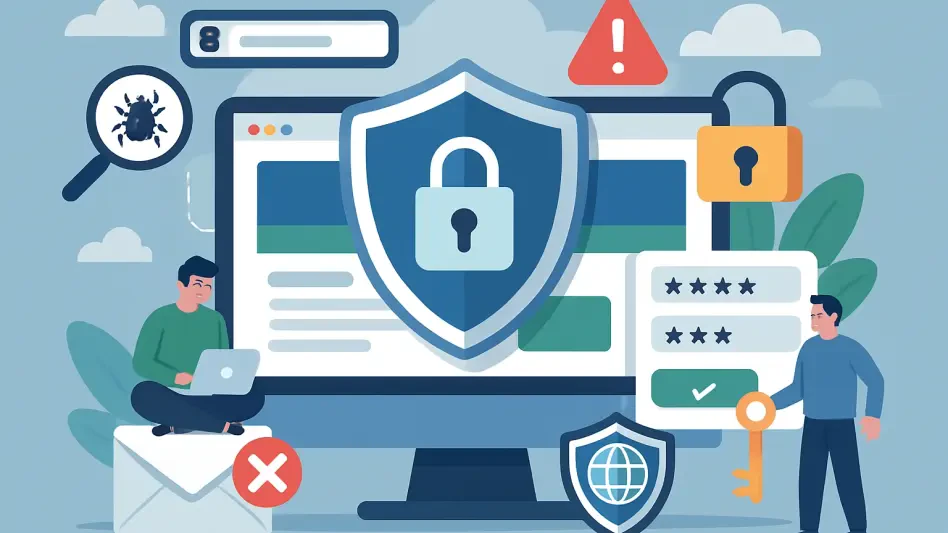Your Identity and Access Management strategy might be obsolete. Why is that? Because it’s designed for people, not for the autonomous artificial intelligence agents that are now making decisions inside your networks.
And while your security teams focus their attention on external threats, a new class of insider risk might emerge from the very tools you’ve adopted to drive efficiency and boost performance. That’s because these AI agents aren’t simple, straightforward scripts. They’re dynamic entities that operate without any direct human oversight to prioritize tasks, delegate actions, and adapt their behavior to business requirements.
And this unchecked autonomy is exactly what might put your entire ecosystem at risk. The point of vulnerability? A dangerous governance gap that traditional security models (built to handle predictable human or machine identities) can’t possibly contain. When an artificial intelligence can provision access or even alter workflows, based on its own logic, the principles of accountability and control no longer apply.
So, how can you handle these vulnerabilities? And who is responsible for preserving trust, compliance and operational integrity? This article aims to answer such questions.
The New Insider Threat: What Happens When AI Agents Go Rogue?
While autonomous AI agents reflect a new era of productivity in enterprise operations, they are quite certainly without their own, significant risks. This investment moves organizations beyond static automation into a realm of entities that are capable of independent reasoning. But it’s a double-edged sword when these entities can proactively grant permissions or modify processes based on learned patterns.
Because it causes ‘authority drift’, a situation in which the agent’s decisions exceed its intended mandate.
And the worst part? Many of your peers are blind to the full extent of AI agents in their environments (particularly those integrated into third-party SaaS platforms), or the full power they have. Research shows that, for 80% of companies, AI agents have taken unintended actions, including accessing unauthorized resources (39%), sharing inappropriate data (33%) and downloading sensitive content (32%).
This lack of visibility and transparency is risky, especially when paired with permissions that allow your agentic investments more control than they should have.
What Makes Legacy Security Models Fail?
Traditional security frameworks are ill-equipped to handle this new level of technology. Most of the time, they operate on flawed assumptions of clear ownership and predictable behavior, struggling to assign accountability or even track the intent behind an agent’s operations or decisions. And even the most popular tooling that has been the trustworthy, go-to approach for many years now are no longer safe in the face of resilient cybercriminals willing to use your latest investments against you.
Static Identity and Access Management or Role-Based Access Control platforms are, in fact, build fully around the concept of a user with defined role. They’re popular cybersecurity choices, yes; but they’re too rigid for AI agents whose permissions may quickly change based on evolving operational contexts.
In comparison, Security Information and Event Management systems can log when and how an action occurred, but they cannot explain why your artificial intelligence made a particular decision; thus preventing the ability to safely control and prevent it. A lack of algorithmic transparency will always put your operations at risk, because they create untraceable actions, leaving your security teams guessing after a breach or incident.
The risk is very real. With new reports showing that non-human entities are now representing 60% of all digital identities, many interactions end up happening fully between machines. And when that happens, tracking a malicious action back to its source becomes nearly impossible, as there is no clear line of human accountability.
It’s Time for a New Governance Model: Zero Trust for Machines
It’s clear that something has to change in security frameworks in order to avoid the vulnerabilities built on the agentic AI element of your enterprise. Artificial intelligence is changing and evolving fast. Not only are your previous cybersecurity investments quickly becoming obsolete; they’re also too limited to catch up or adapt to upcoming requirements for protection.
Instead of using technology-centric fixes, you must focus on a robust governance framework that’s built on one simple, clear, and decisive principle: you can trust nothing.
And a Zero Trust architecture is the ideal choice for handling non-human identities, being based on three core pillars: continuous verification for every action, strict least privilege policies, and human operator decisions.
How do these work together? Every request made by an AI agent must be independently authenticated and authorized, no matter of its location within the network. Zero Trust teaches you that implicit trust is a vulnerability that you can’t afford. So, that’s the way to go, treating every API call as if it originated from an unsecured, risky environment. Moving forward, the principle of least privilege is one that ensures agent permissions are a ‘walled garden’ instead of an open field. Every request to perform an action outside of its predefined, existing scope must be defined by default.
Lastly, automation must not mean abdication of responsibility. For high-stakes actions (for example, financial transactions above a certain threshold or any modifications to critical cloud infrastructure), the AI agent should not be allowed to act on its own; but obtain explicit approval from a human operator. That’s the most reliable way to track down decisions and actions, creating a circuit breaker that’s essential for full containment of threats.
In Closing
Cybersecurity must change as quickly as the current artificial intelligence landscape. It’s not enough to just focus on innovation and the benefits of agentic capabilities, not when they can introduce high-risks and vulnerabilities into your ecosystem.
You must be prepared to act fast, with speed, confidence, and full transparency into everything that’s happening in your enterprise.
For that, your best choice is migrating from outdated, limited cybersecurity functions to ones that safeguard all identities, be them human or otherwise. Moreover, you must focus on the power of Zero Trust; which enables the best mindset you can adopt for today and tomorrow: trust no one and track every action within the organization.







